Open plan kitchens provide a flexible way of living, a great space for family and friends to come together which is not possible in older style UK homes which have single use rooms. Therefore, having a large open plan kitchen that can be used for cooking, dining, relaxing and socialising, is top on the wish list for many homeowners.
Social kitchens work best when they are bright spaces, have beautiful kitchen surfaces and are free of clutter. Depending on your budget and objectives, we walk you through four different ways to achieve one of these desirable spaces.
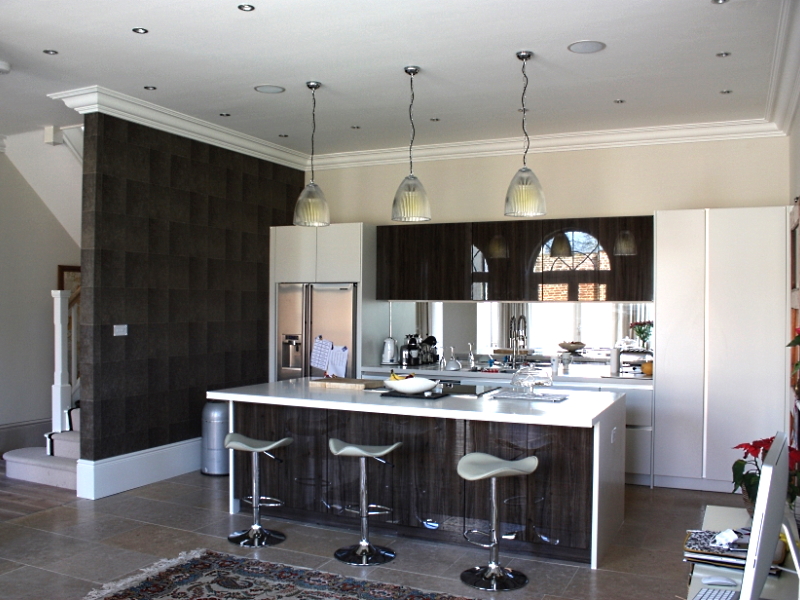 1. Combine rooms
1. Combine rooms
If you have a small budget, combining a cramped kitchen with an adjacent room is probably the best option to achieve an open plan kitchen. This solution usually involves the removal of a wall between the rooms, infilling an unwanted doorway and the reconfiguration of the kitchen with new units and flooring. The plan works well with homes that have separate living rooms and dining rooms, where one of these rooms can be opened up to the kitchen. For really great social spaces, you should aim at creating a design that feels as though you are entering a nice room as opposed to walking into a kitchen, which might not be possible when simply combining two rooms.
Knocking two rooms into one results in the cook no longer missing out on the fun in the adjacent room, however wall space is lost and the size of the room is likely to be limited to just cooking and dining. Other issues can arise in small homes without utility rooms, whereby the kitchen doubles as a laundry and the noise of the washing machine or a pile of laundry in the same space could be a nuisance when you want to chat with friends that have just dropped by. The reduction in wall space is particularly important in smaller open plan rooms, where the remaining wall space is at a premium.
To avoid a cluttered look with less wall space in a small space, kitchen cupboards and furniture will need to be pared back, which may result in less storage or even shorter work surfaces than before. Peninsular kitchens tend to look cramped and work against the open plan nature of the space. Ideally in these smaller social kitchens, the transition between old kitchen and adjacent room should appear seamless and unfussy, with structural beams being hidden within the ceiling and the flooring being continuous.
2. Add an extension to the kitchen
A more costly solution involves building an appropriately sized extension and opening the existing house up to the extension. This approach has the benefit of increasing the footprint of the kitchen without necessary losing any existing rooms and provides the opportunity to create a larger kitchen with the opportunity of introducing overhead natural lighting. In the UK, the planning system allows certain size extensions either to the rear or side of a house without the need for planning permission, but these limitations may restrict the size and use of the final design of the kitchen in a similar way to combining rooms. We have found that rooms of more than 40m2 are necessary to achieve a multi purpose kitchen that allows cooking, dining and relaxing which means that if the original kitchen is quite cramped, a significant extension will be necessary to gain the right space. Consideration needs to be given to lost wall space in extended kitchens, as such a certain amount of additional space should to be built into the design to ensure that the length of work surface or cabinets is not reduced at the expense of say the introduction of a sofa area for relaxing.
The same issue regarding a utility room applies when adding an extension and if creating a utility room is not on your “must have” list, you need to add it. Ideally, the utility is best placed not in the extension, but in the old kitchen or elsewhere in the house to allow the new extension to have ample glazing overlooking the garden. The structural alterations with an extension are also likely to be more significant, as an external wall will need supporting and the span of the beams may be greater than with simply knocking two rooms into one. Unless you are opting for an urban industrial look, the transition from one area to the next should appear seamless, with beams hidden within the depth of the ceiling, which will mean disturbance to any rooms above the work.
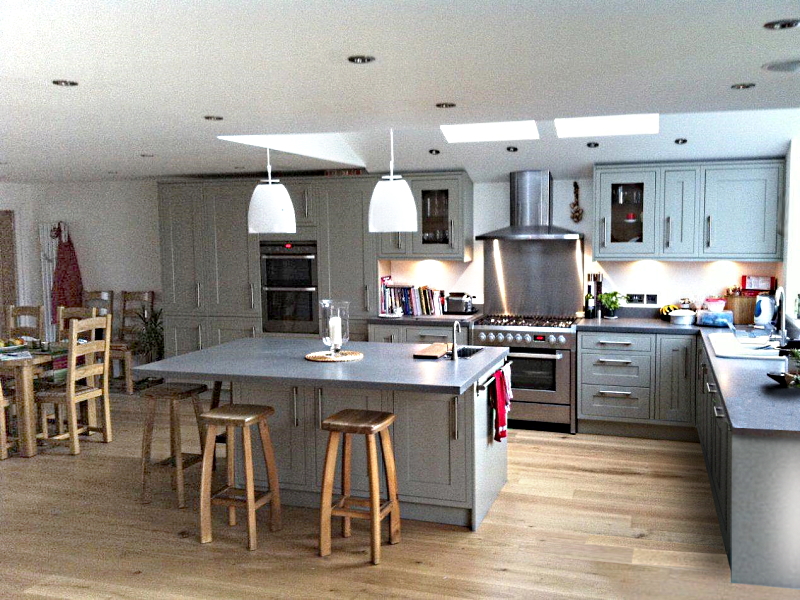 3. Relocate the kitchen
3. Relocate the kitchen
Relocating the kitchen, whether within the original house or within an extended footprint may open up opportunities that cannot be realised with the other options. This approach can often lead to the original kitchen being converted into a utility or study or even carved up to form other spaces. For example, on a small terraced estate house with a tiny kitchen at the front of the house with a full width living room come dining at the rear, converting the kitchen to a study and relocating the kitchen to the rear in a modestly extended living room / dining area would simply transform the house.
Unless the relocation results in an abundance of excess space, be wary of introducing an island which can consume large areas of floor space and may simply be duplicating the seating and worksurface of the kitchen table.
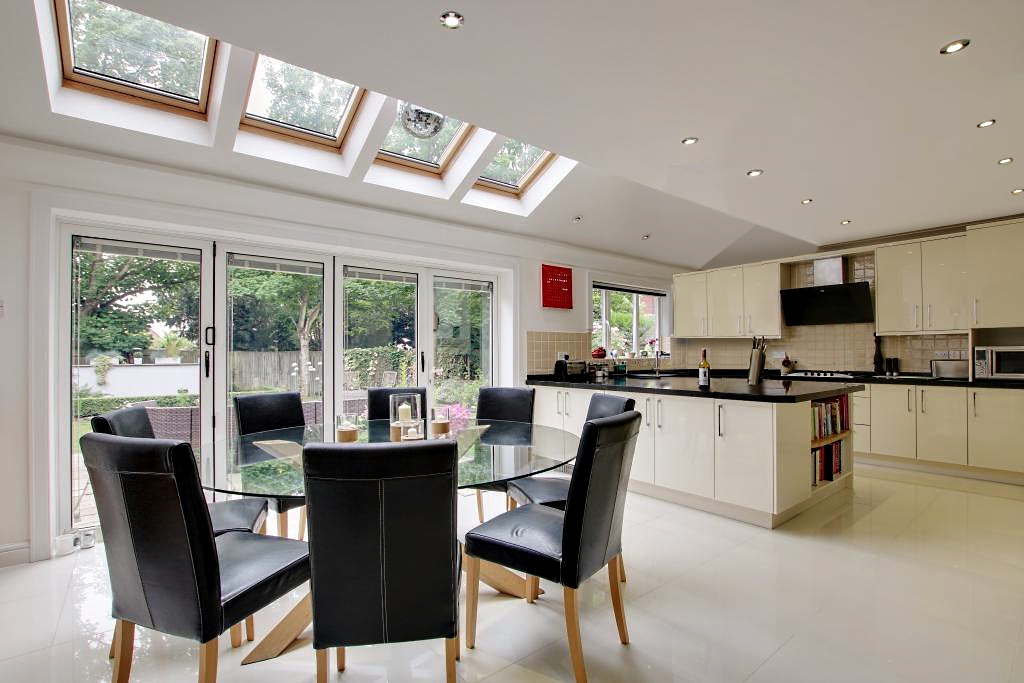 4. Combine rooms and extend
4. Combine rooms and extend
Sometimes just extending the existing kitchen does not provide a satisfactory layout, if this is the case, opening the kitchen up to an adjacent room as well as extending could be the answer. This approach is likely to achieve the greatest floor area, helping create a larger kitchen in excess of 40m2 without occupying too much garden with the extension.
The same issues regarding the need for a utility room and the structural work associated with this more complex type of project apply. This structural work is also likely to require a greater level of expertise in it’s design and installation. Whilst the approach of combining rooms and extending allows for the creation of a kitchen with greatest floor area, it can also result in the largest amount of wall space being lost. Care needs to be given to the design to ensure the correct flow and that the resultant space can be used effectively.
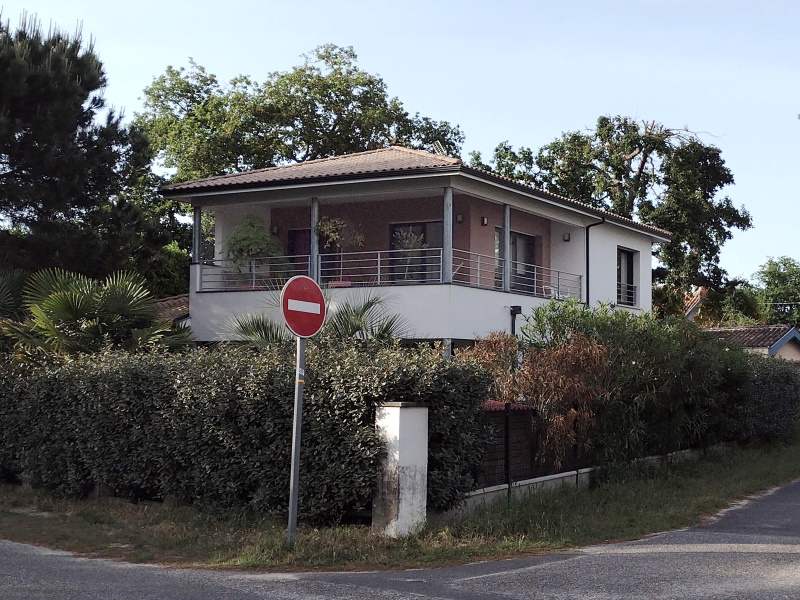
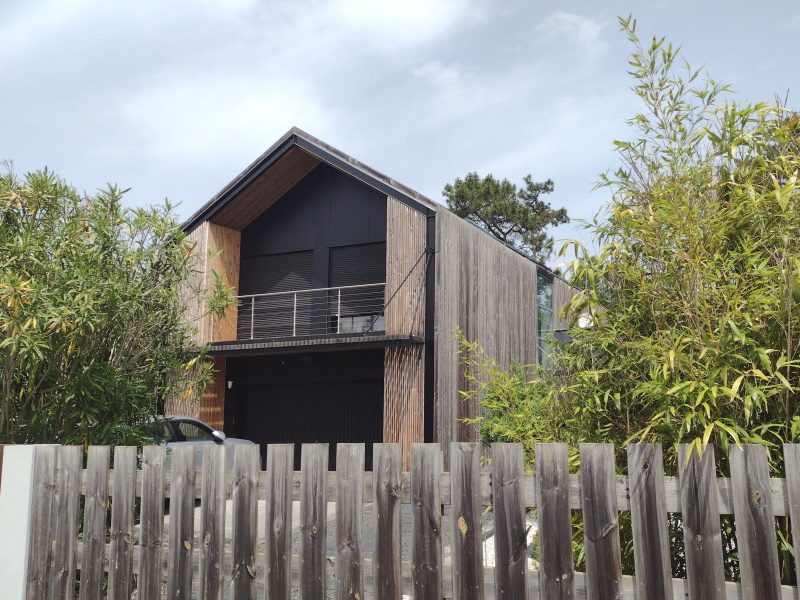
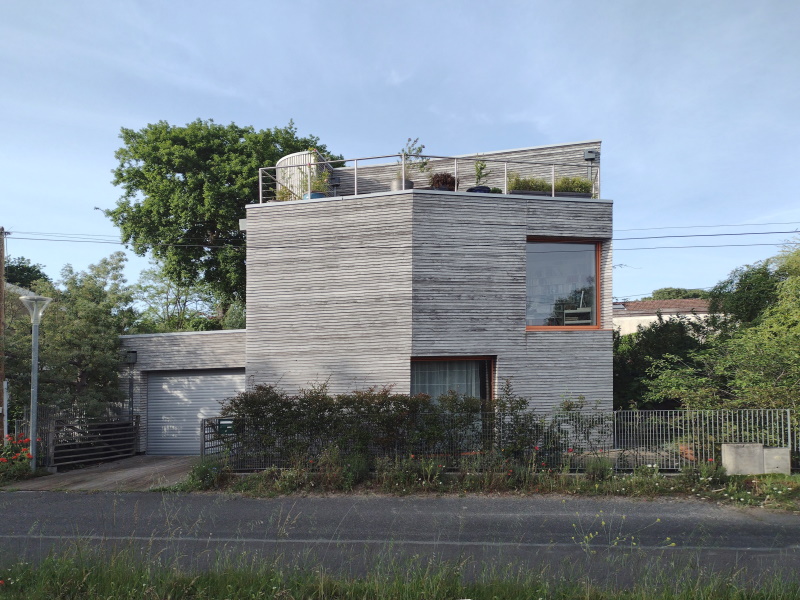
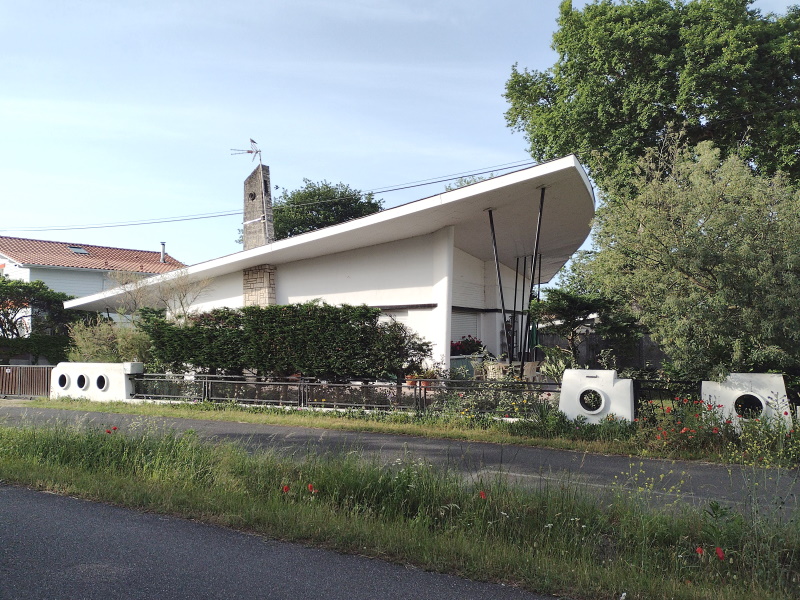
 1. Combine rooms
1. Combine rooms 3. Relocate the kitchen
3. Relocate the kitchen 4. Combine rooms and extend
4. Combine rooms and extend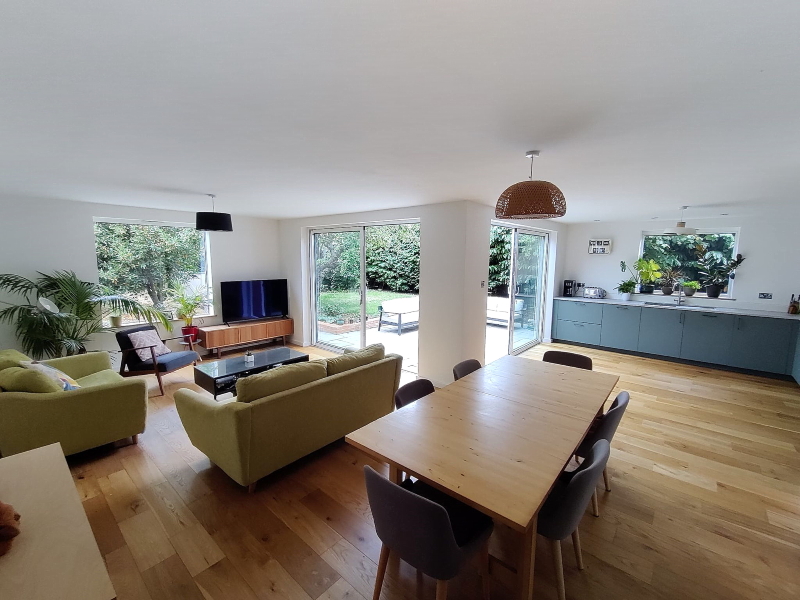
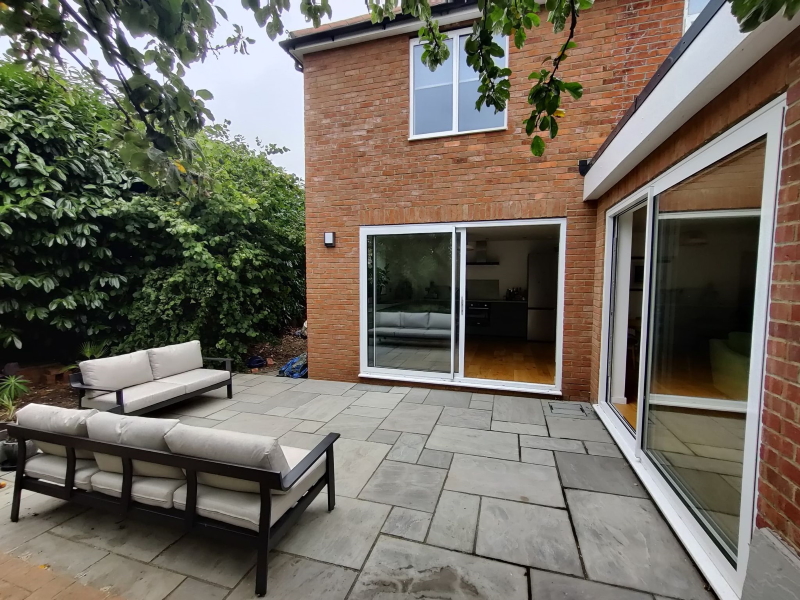
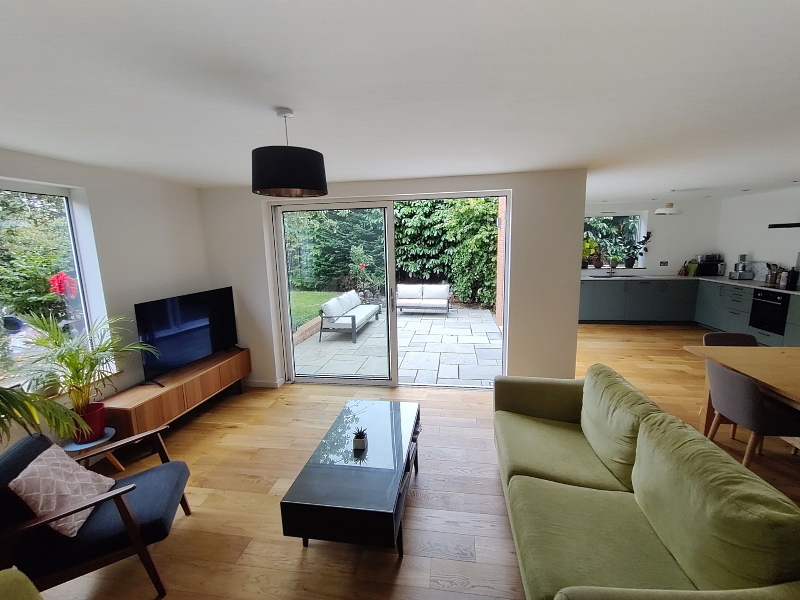
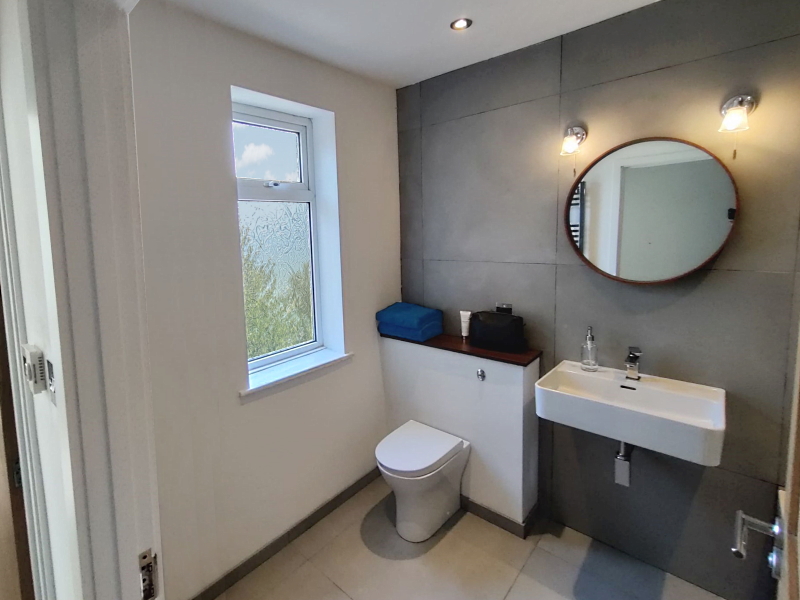
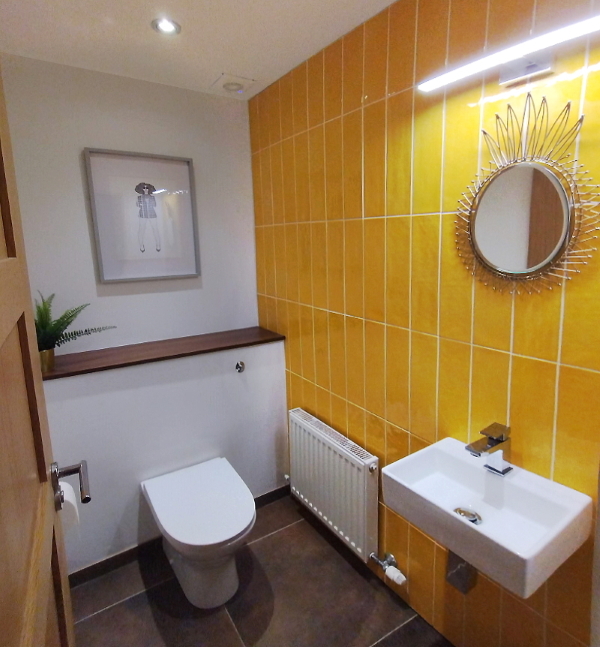
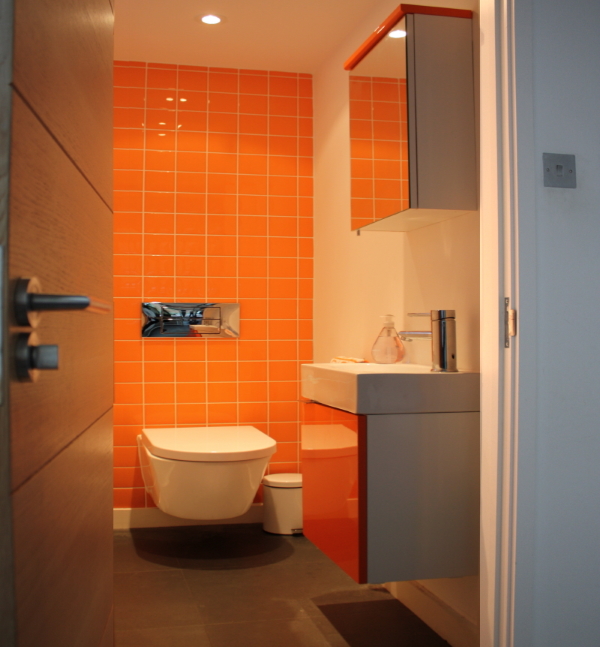
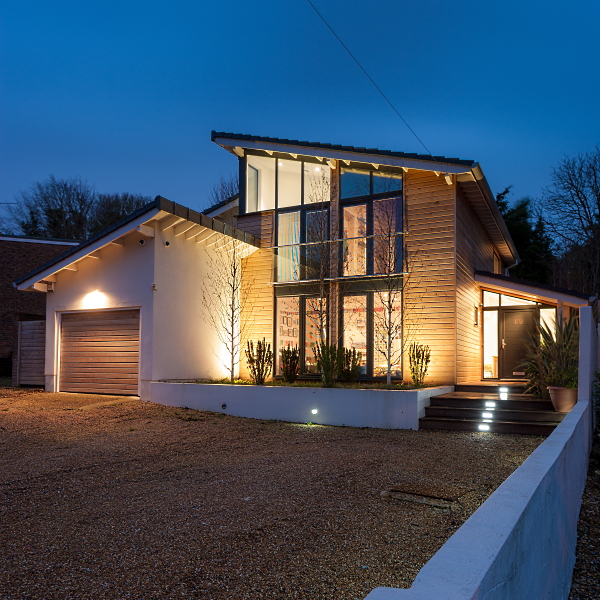
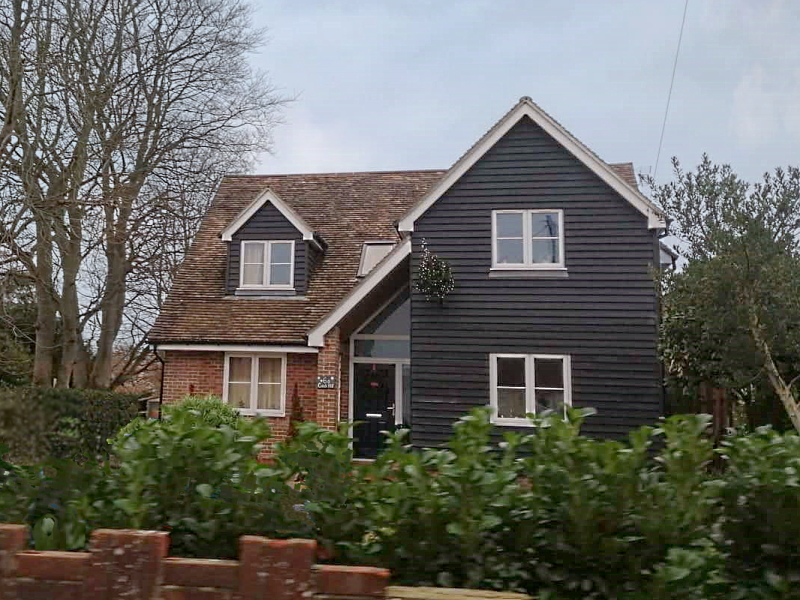 The house mid way through the project.
The house mid way through the project.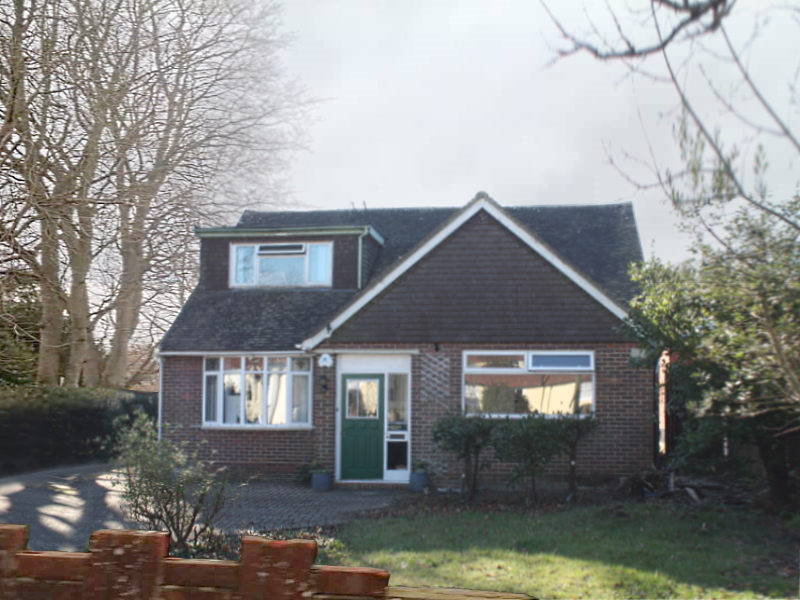 The house before the work commenced,
The house before the work commenced,